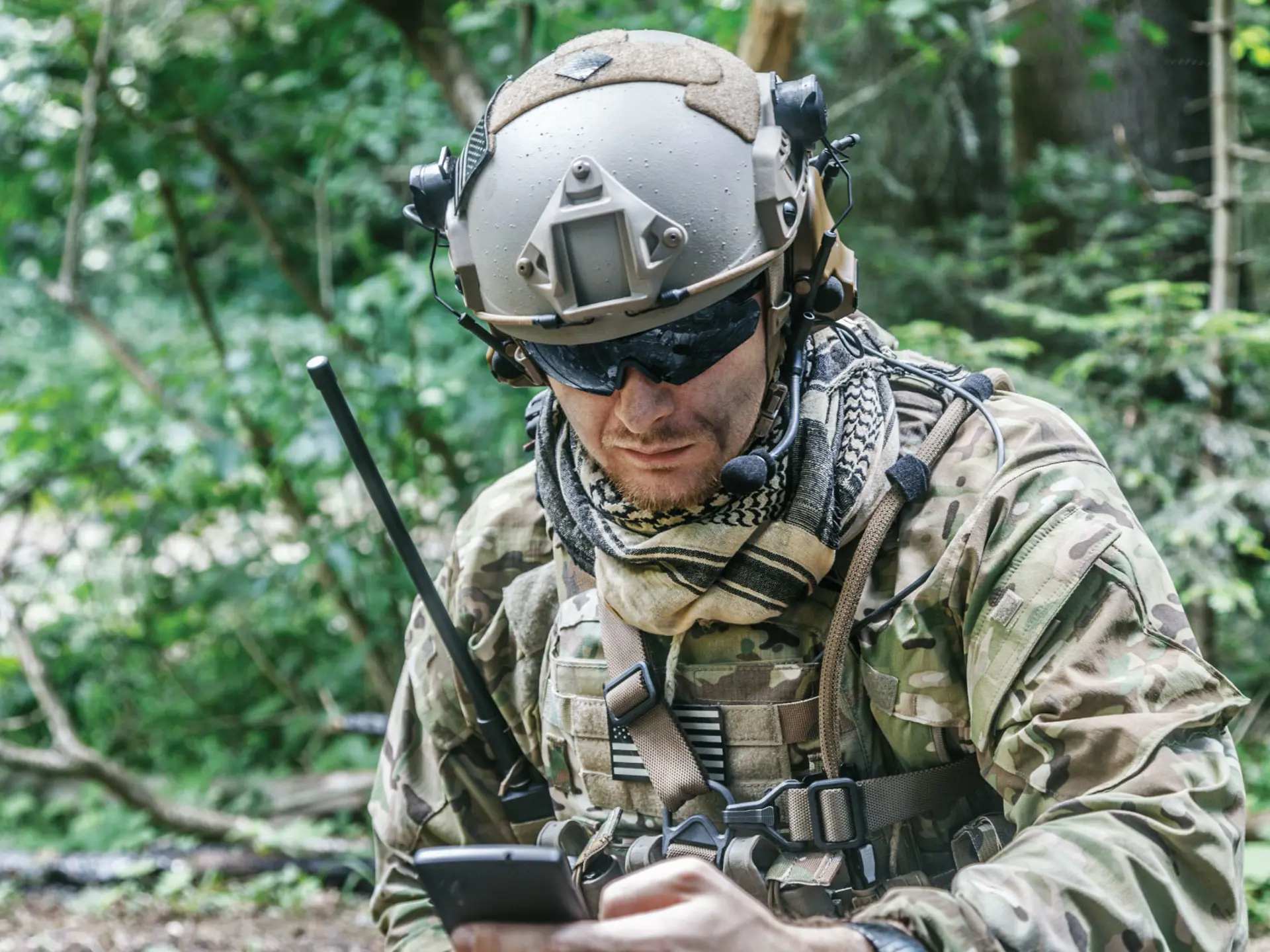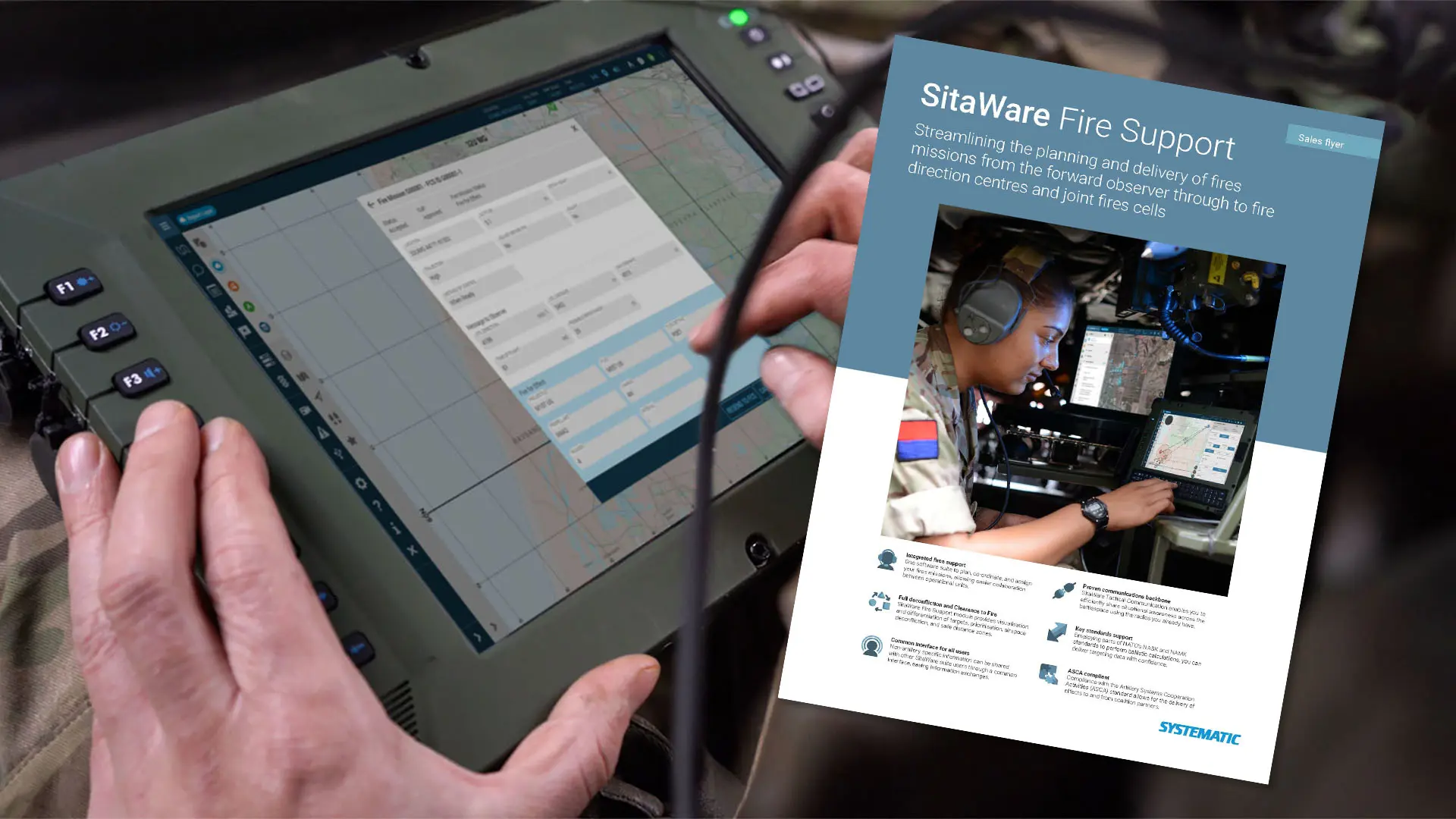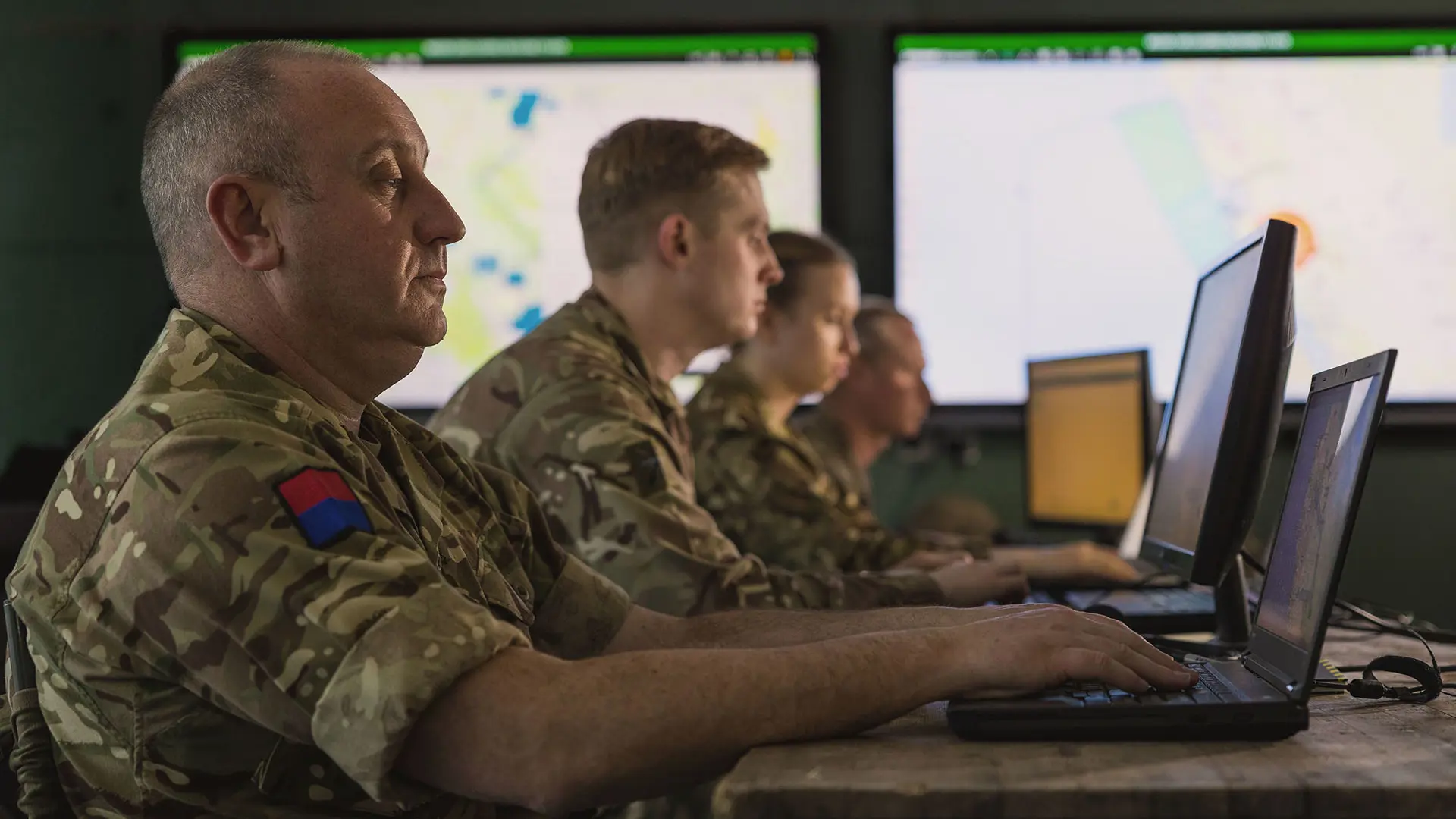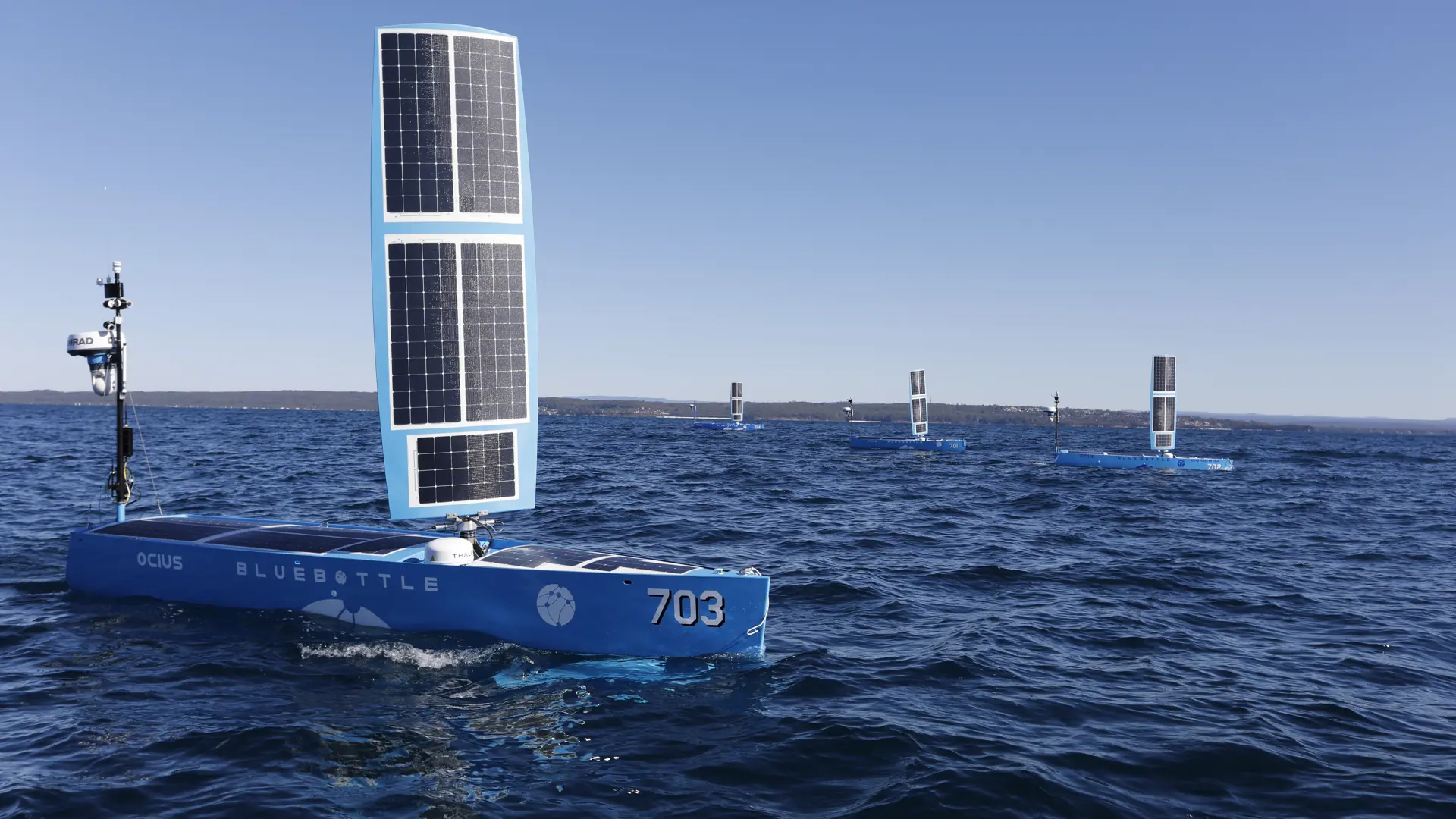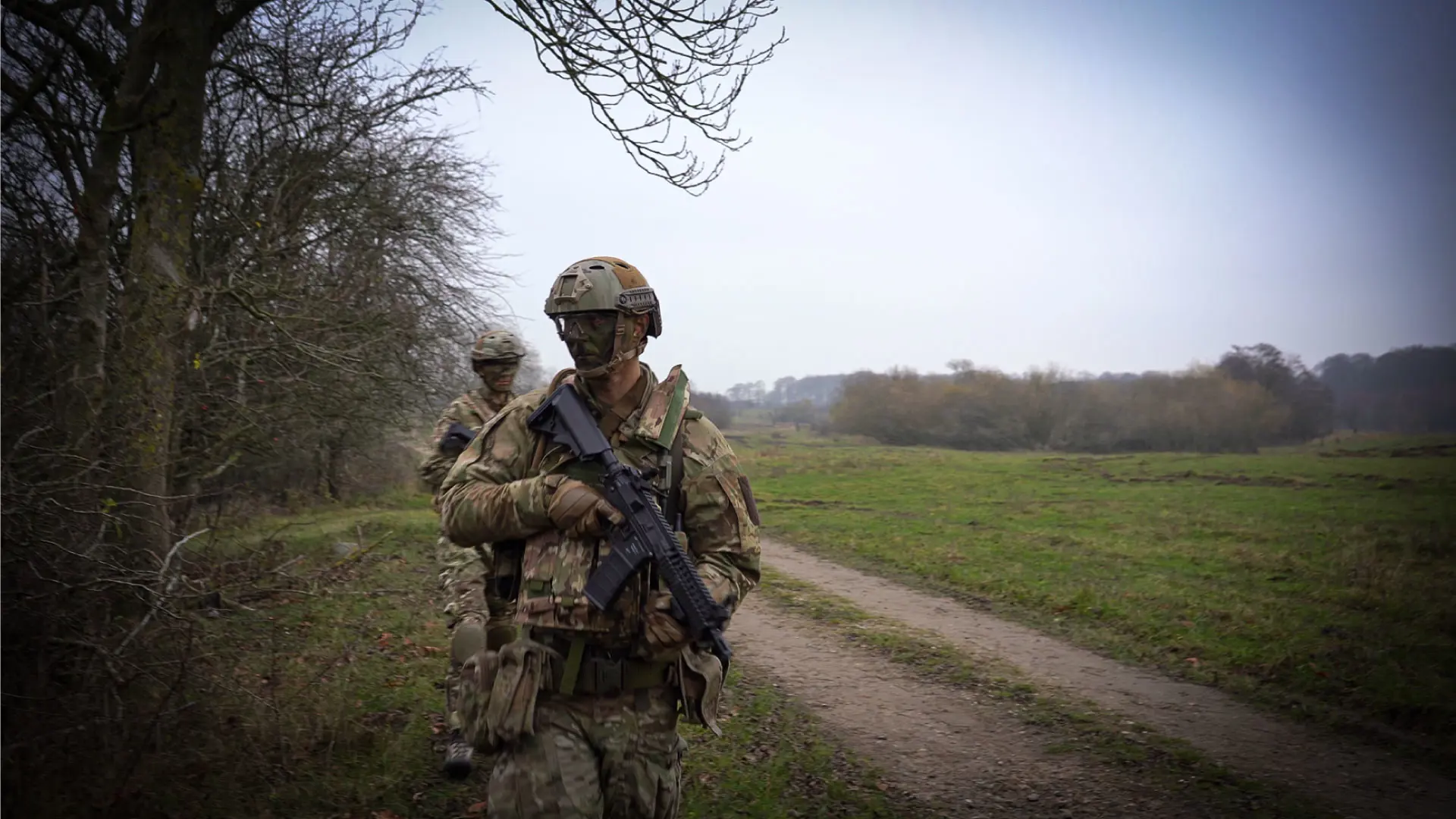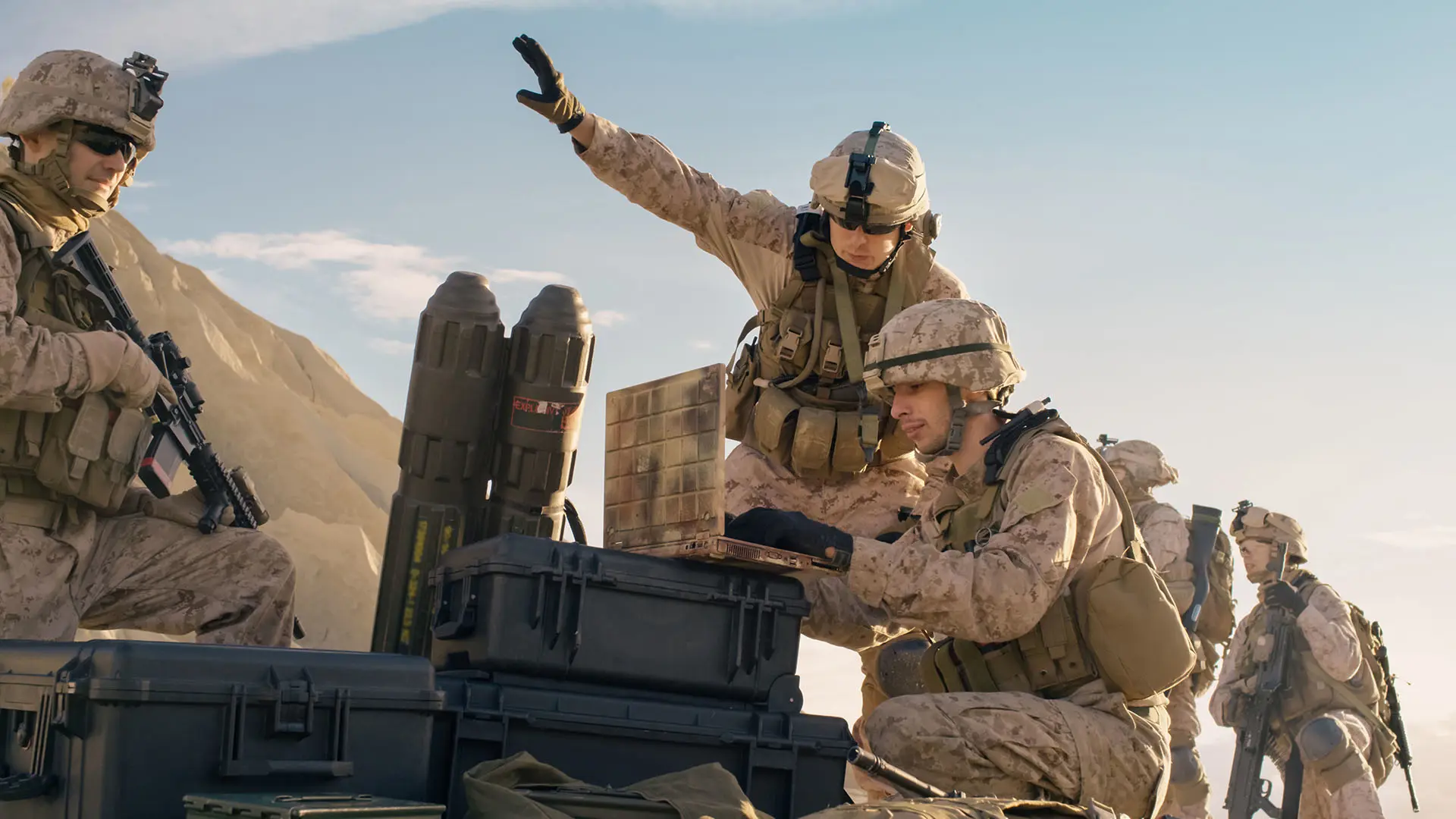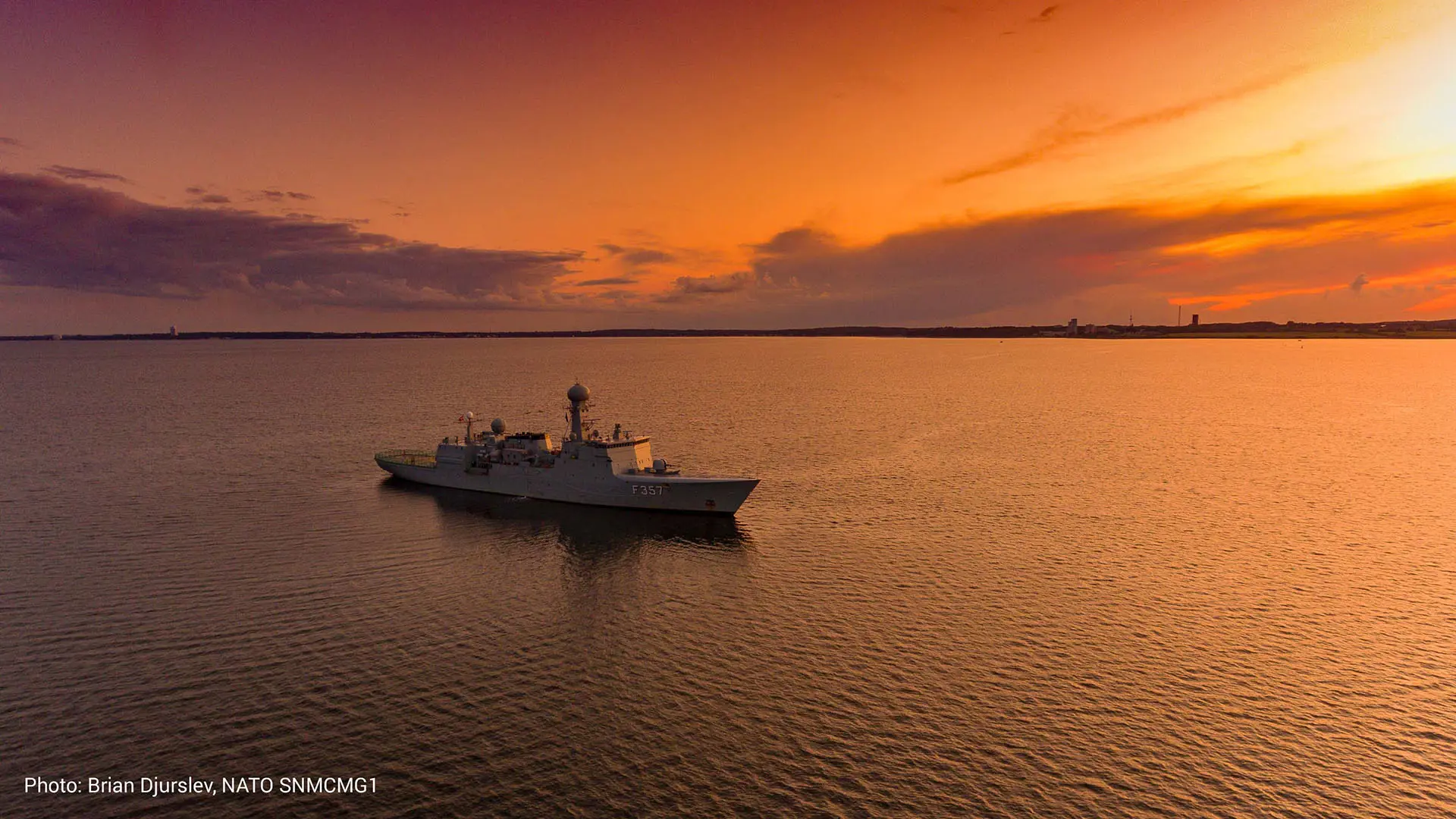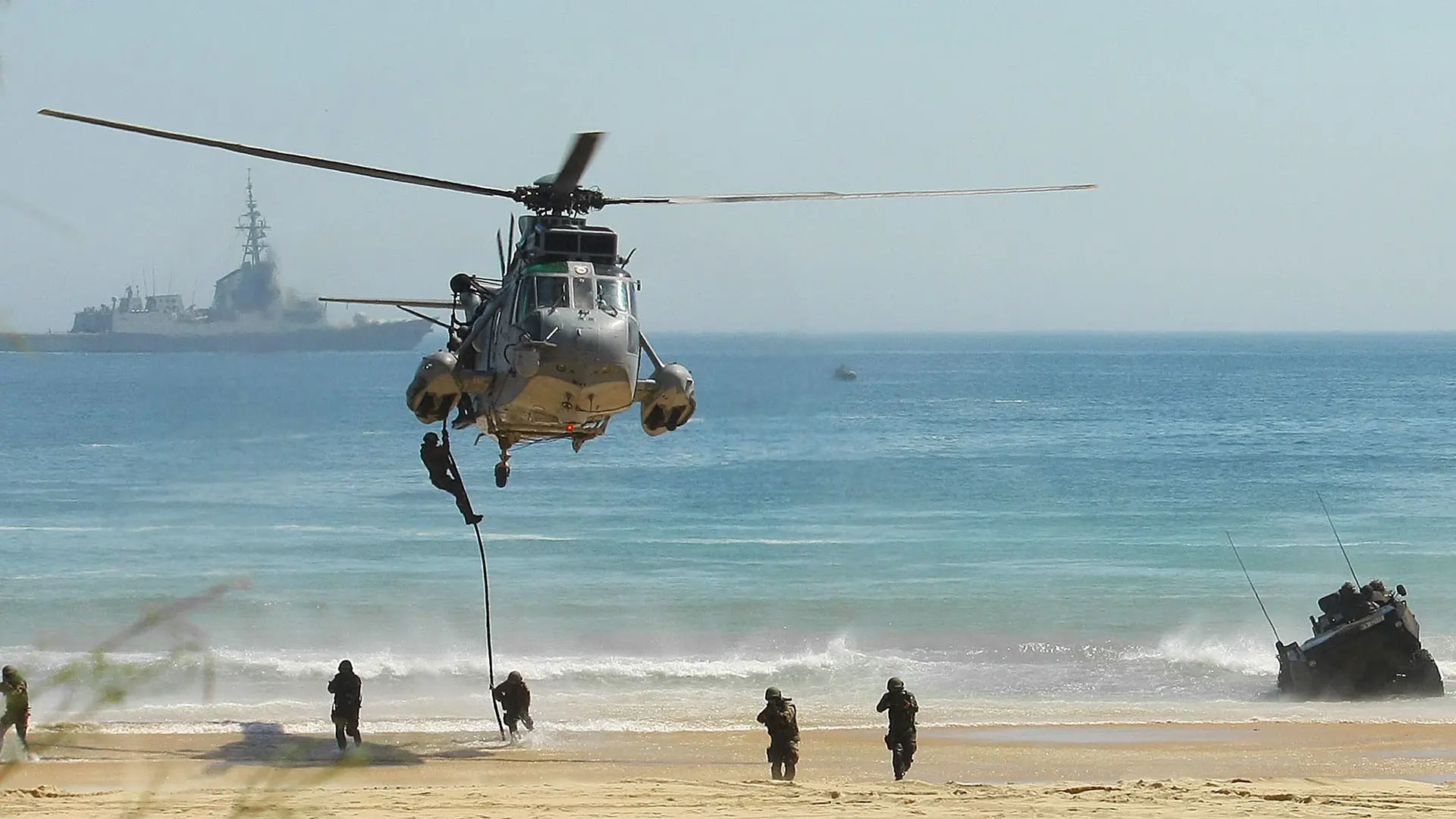Meet the specialists: Fires
Working across a variety of battlefield management capabilities, Systematic is home to a variety of subject matter experts who help us ensure that our technology is fit-for-purpose and can meet the needs of the warfighter.
Here we take a look at some of our experts in the Fires domain and hear what they have to say about the changes they have witnessed during their time serving within the fires community.
Bo Tang Lærke
I retired as a Captain from the Royal Danish Army, having served 22 years of active duty in artillery, but I still serve as a reservist. During my time in the artillery I worked with all kinds of tube artillery guns – from 105 mm to 203 mm – as well as serving as a fire support officer at battalion and brigade levels. In the last decade of my active service I worked in the technical division of the Danish artillery corps, dealing with ballistics, fire control systems, and developing training tactics, techniques, and procedures (TTPs).
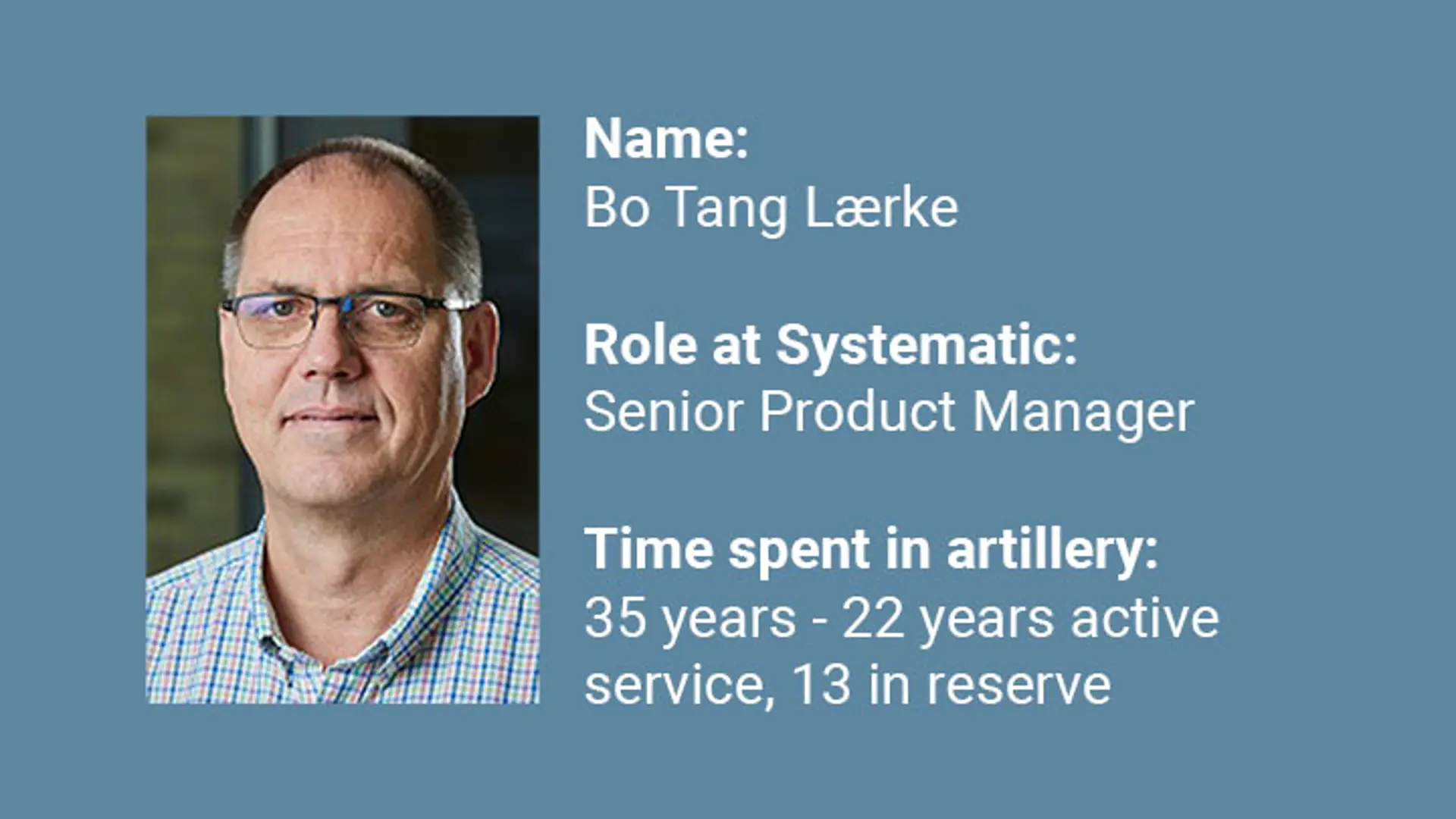
My service began during the Cold War, and since then I have seen a lot of change. Some of this was driven by the changing security environment after the collapse of the USSR, but also as new technology has become available. During the Cold War, Danish defence concepts were based on a more static concept, but now more mobility is needed in defence, so we have to adapt.
Technology...helped reduce the number of personnel required
The most noticeable improvement in the fires workflow was the Forward Observer’s ability to locate targets precisely enough, so that the first round became a fire-for-effect mission. This can be through the use of laser rangefinders combined with GPS positioning being used, and the move from manual ballistic calculations to computer-based calculations and digital Call for Fires. Overall, this technological improvement has helped reduce the number of personnel required – and some areas of the military have had to deal with personnel cuts that have reduced capability.
One of the biggest barriers I have had to deal with is changing the mindsets of users who have previously seen big projects fail. These projects often fail because of the speed of the project – there was a tendency for very long project phases that then came out late. Users want the latest piece of equipment that can do things better or faster, then they find out it does not deliver, and this leads to a negative outlook on new concepts and change.
Kevin Pamenter
I served in the Australian Army for a total of 13 years before leaving, but I have spent the last two years as a reservist. During my 12 years in artillery, I worked with the 105 mm Hamel and 155 mm M777 howitzers used by the Australian Army, as well as in joint targeting in a Joint Task Force Headquarters.
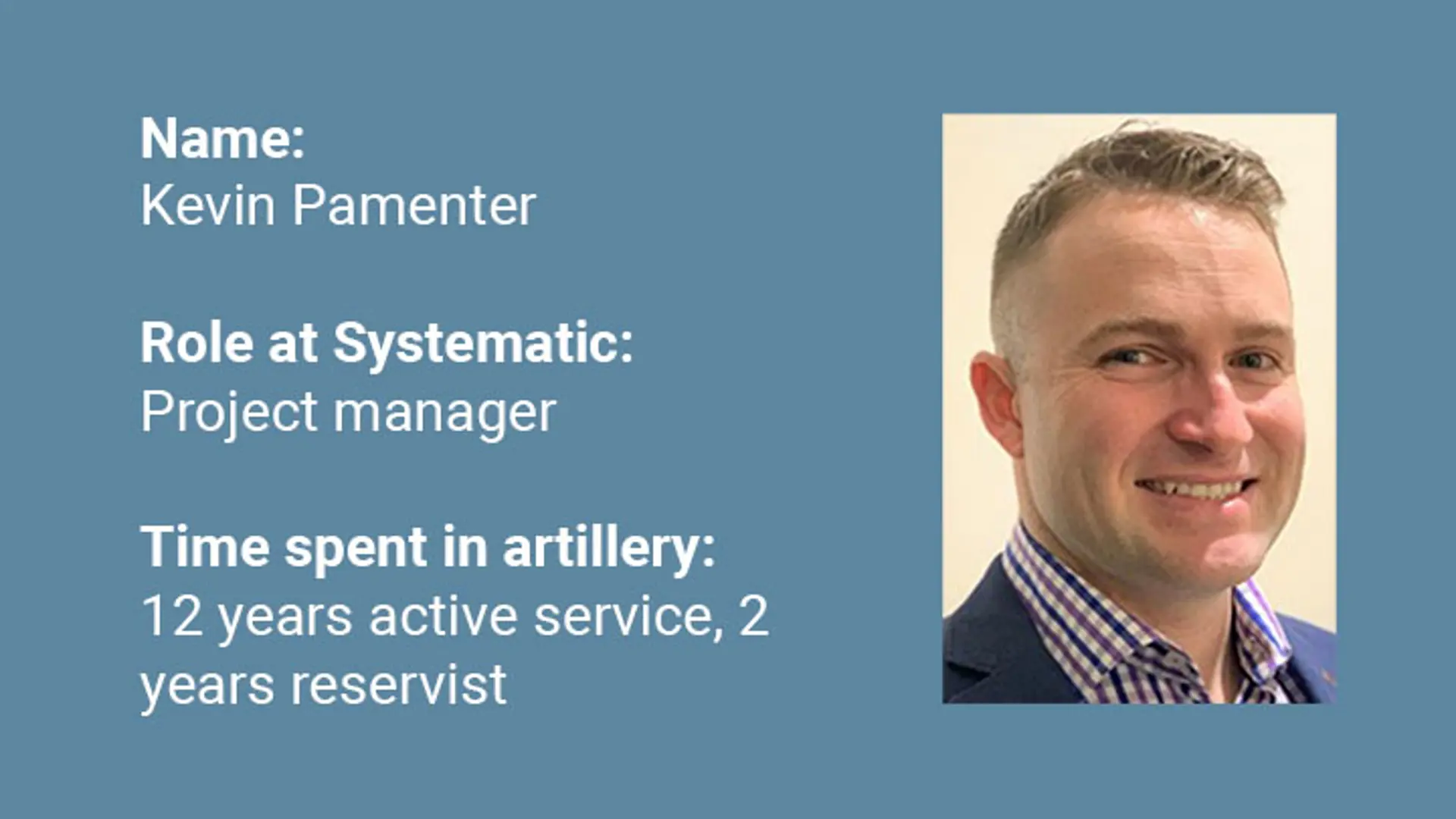
I also had the privilege of training Afghans in their field artillery, which was 122 mm D-30 howitzers. They were organised with entirely manual computation – data books, rulers, mathematical calculation, and voice orders.
I joined the Australian Artillery when we were on the cusp of changing from one fires system to another. We used an old Fires computer called the “Indirect Fires Computing System” which calculated basic gun data from the observers into data for the guns. Everything else was still calculated manually and issued as orders by radio or voice.
In Australia, our key driver for change was that our previous system was 30 years old and reaching its end of life. We also realised that the need for faster more accurate fires were critical to provide the warfighter with critical, timely, and accurate indirect fires. Our new system was also the same as the US, so it allowed for greater interoperability. We then introduced AFATDS (Advanced Field Artillery Tactical Data System) and bought in the M777, which digitised a lot of the process. This made the Australian Artillery the most digitised part of the force.
Digital natives help lead the charge
We did have some difficulty here with some operators who were still very wedded to the legacy software and processes, and they constantly wanted to rely on old methods. It took many years and effectively required “Digital natives” to lead the charge in changing the way we used fires systems, as they had higher levels of trust in the new technology.
Overall, technology is really supporting the fires concept. Data can move and be processed a lot faster than a person can send a message by voice over radio. Lasers and designators have increased the accuracy and lethality of fires by increasing the likelihood of first round accuracy. Better gunnery computers take into account gun states like barrel wear, heat, and weather effects on the trajectory of the round. GPS-guided and assisted munitions have also increased the accuracy and lethality. While some of these factors, and supporting assets like UAVs and sensors, add to complexity, the payoff is increased accuracy and more methods to generate targets.
Andy Roberts
I served for 21 years in the US Marine Corps (USMC), with 13 of those spent in the artillery corps on 155 mm towed artillery systems. When I started, we were using the M198 howitzers and we had to do everything manually. About halfway through my time with artillery units, we received M777A2 howitzers with the Towed Artillery Digitization System.
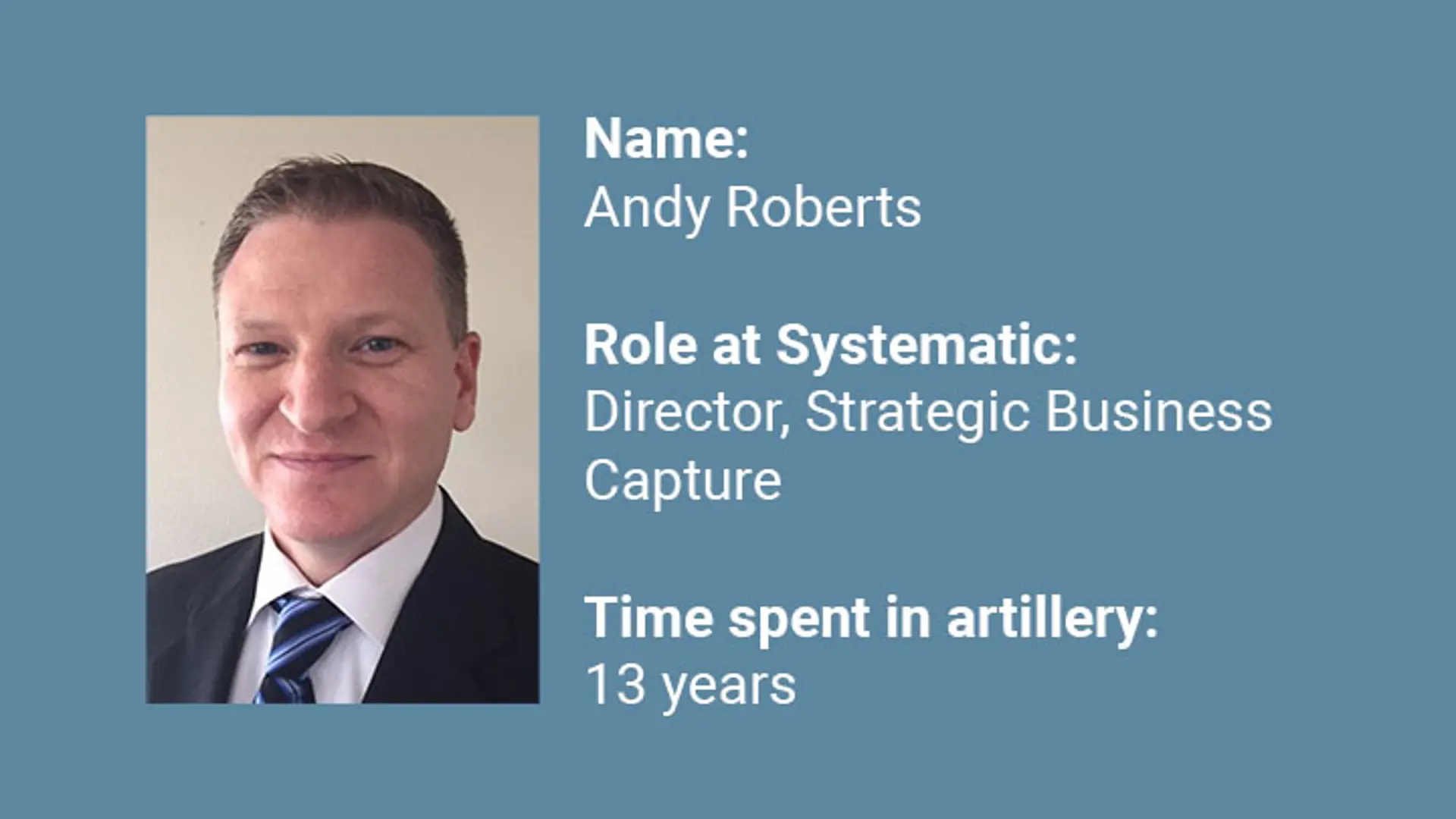
This was a big change in the USMC, as we went from manually laying in howitzers and giving voice commands to the gunline, to entirely digital systems on the howitzers. This allowed the crews to emplace themselves and receive and conduct firing solutions on the gun itself via the onboard mission computer.
Technology, such as GPS, drove some of this change, but it enabled the ability for howitzers to be more spread out and conduct operations faster. This increased survivability for the battery and improved fire support to the supported unit.
New systems enabling expeditionary and survivable operations
When I started out as a forward observer, my kit for calling in fire was a map, a pair of binoculars, and an M2 compass. We often had to adjust fire onto the target. When I left my last artillery unit, the forward observers had handheld targeting systems that included GPS, laser rangefinders, and digital call for fire devices so they could get first round effects on target every time.
From a user perspective, it was easy to implement the changes once we were trained on the new systems. Realising that the new systems allowed us to doctrinally operate in a more expeditionary and survivable manner came with operational experience and took a bit longer.
Targeting location and information is now available via technology to be gathered and transmitted to allow greater effects on target much faster. However, the holy grail of “any sensor-any shooter” has still not been achieved, mainly because of the myriad systems that touch fire support do not share data/information easily. Even if the systems talked seamlessly from a compatibility perspective, the challenges of transmitting and receiving data via communications infrastructure remain. Planning and executing fires should ultimately be as effortless as ordering an Uber.
